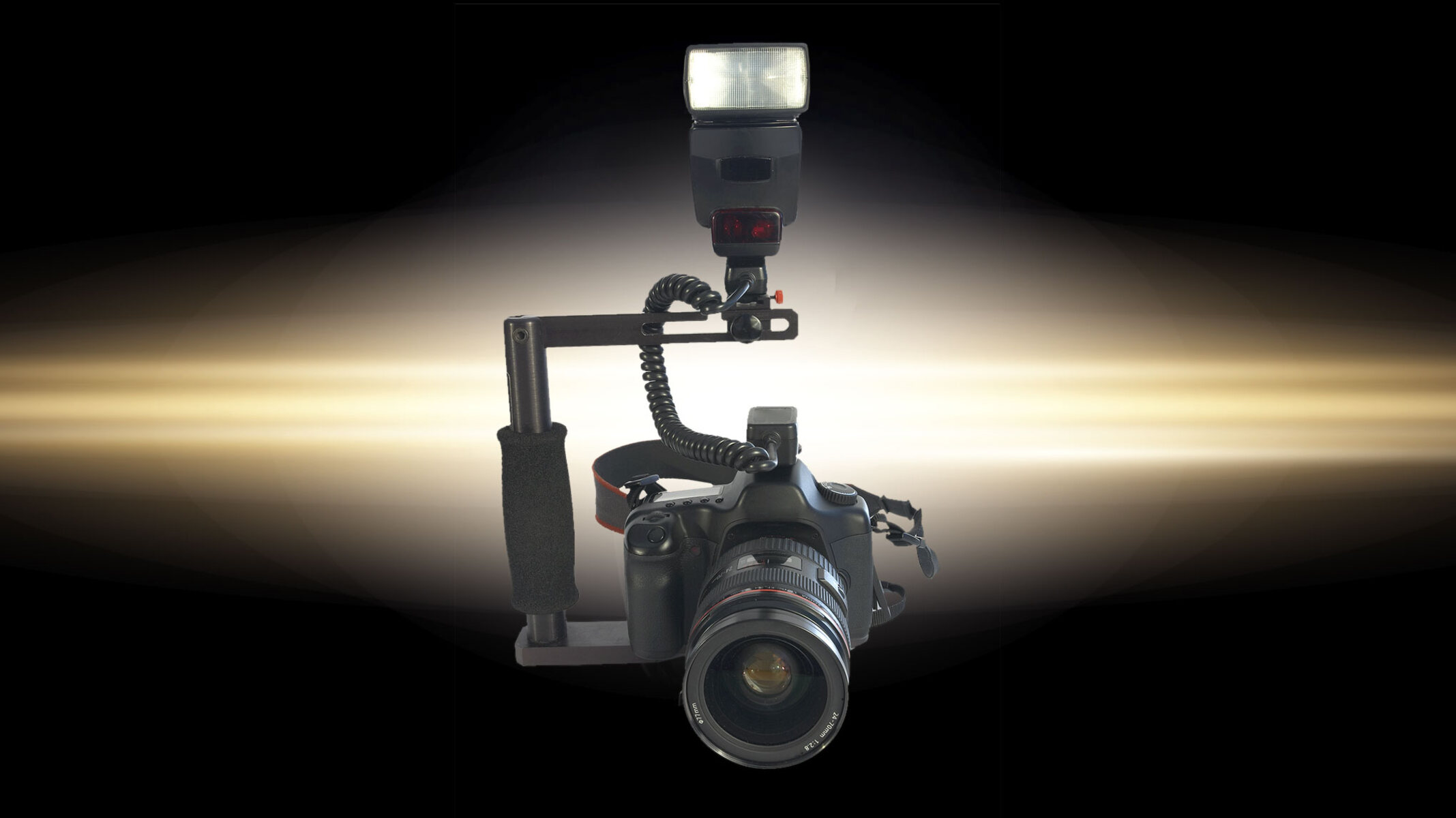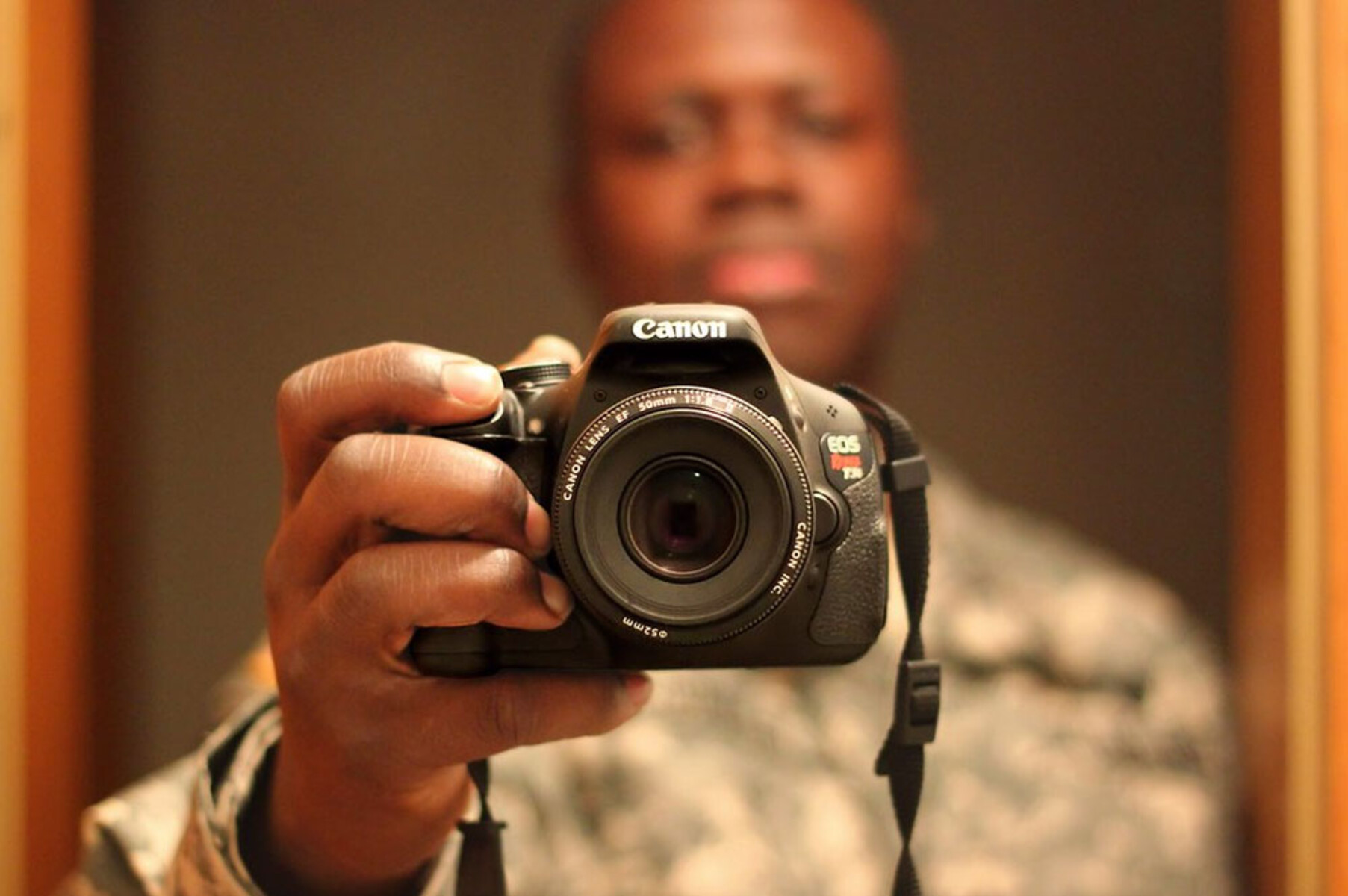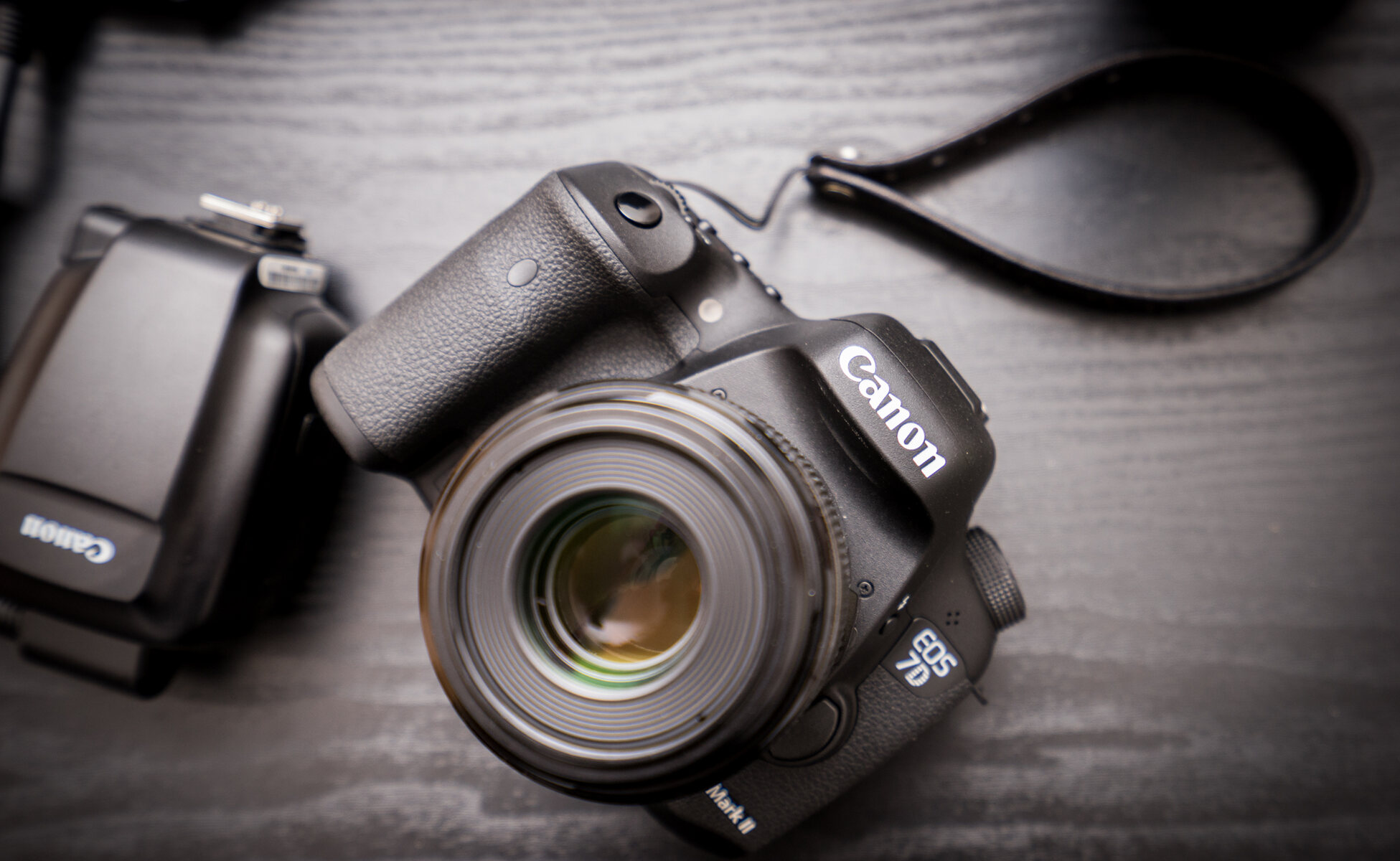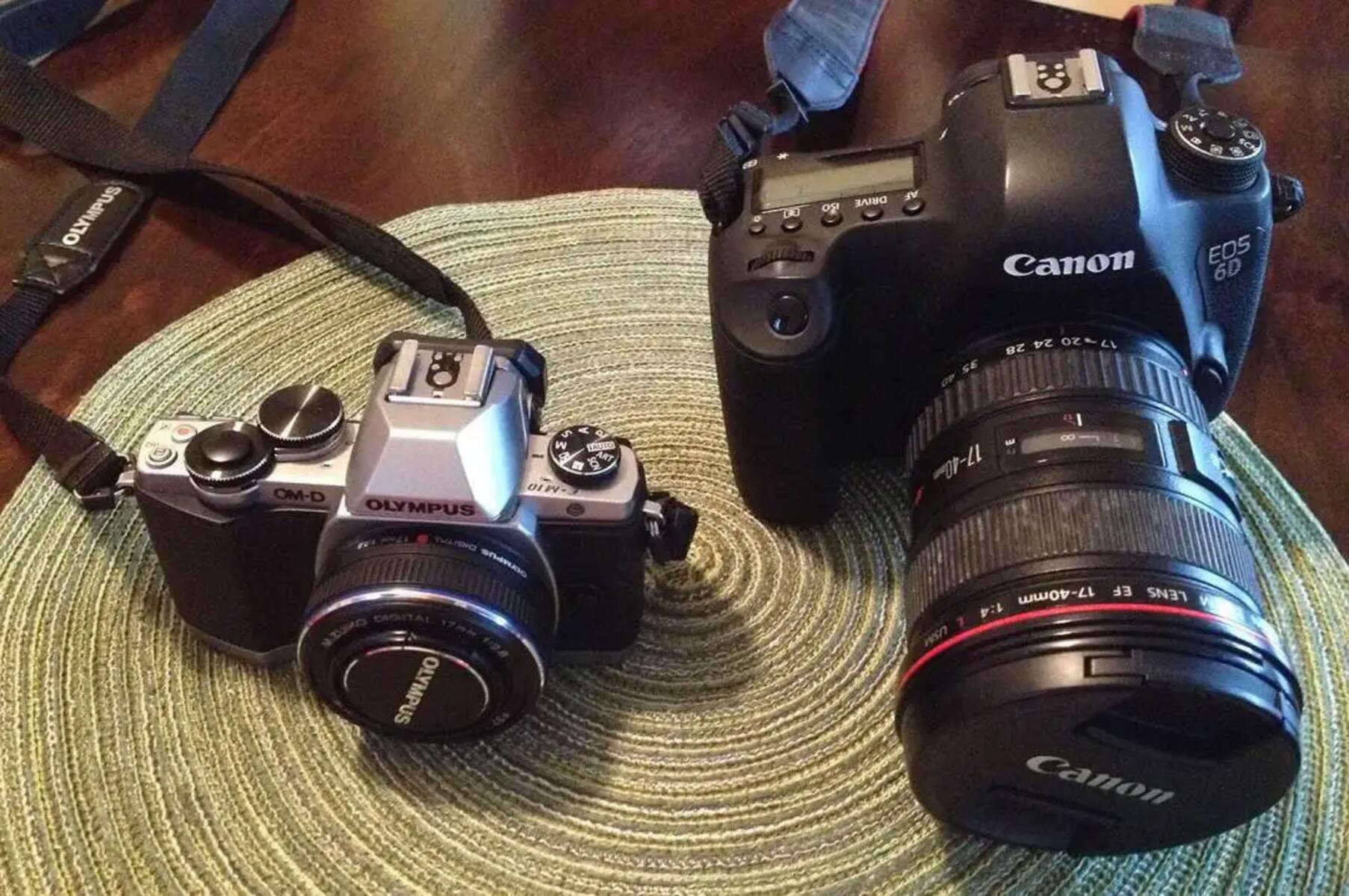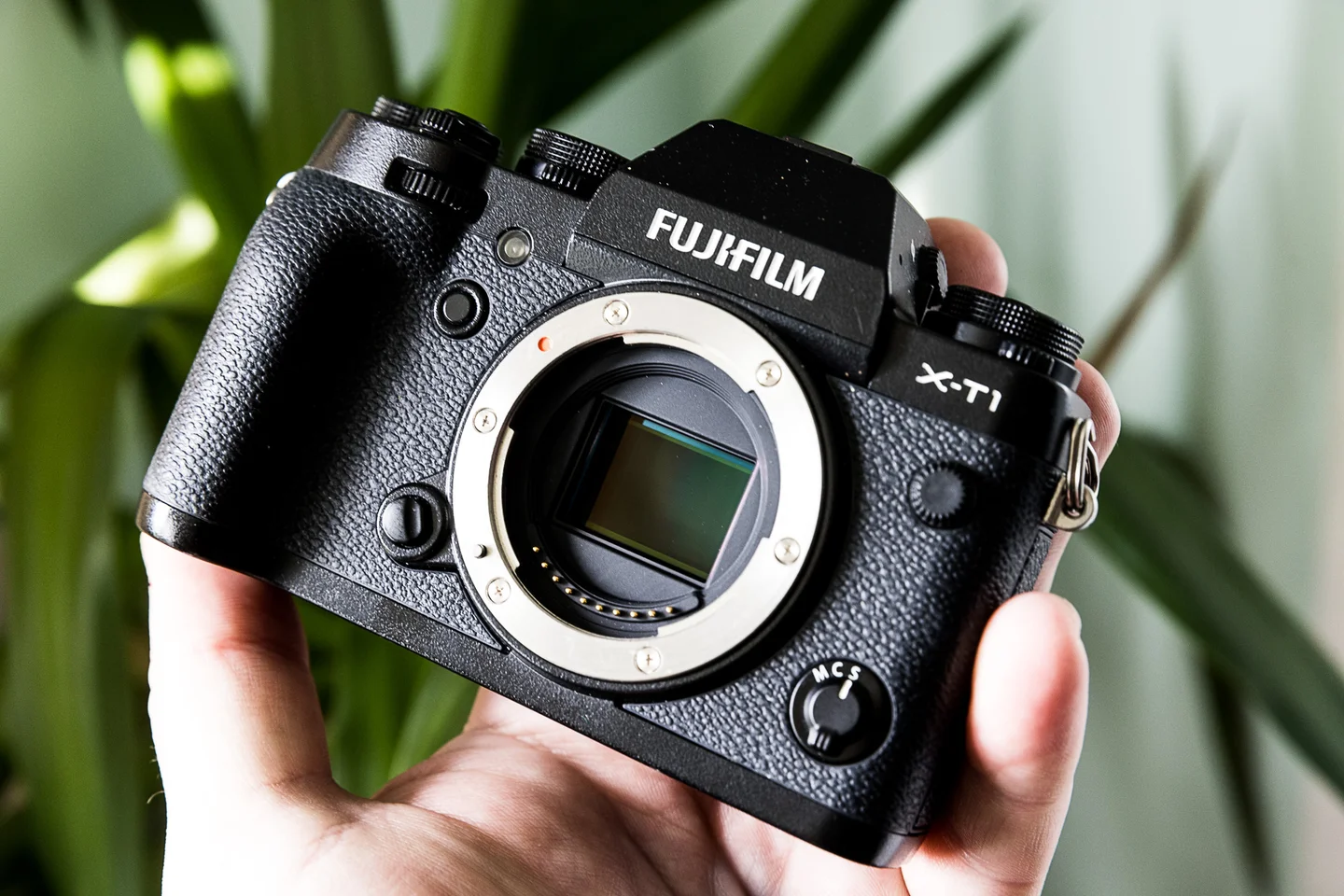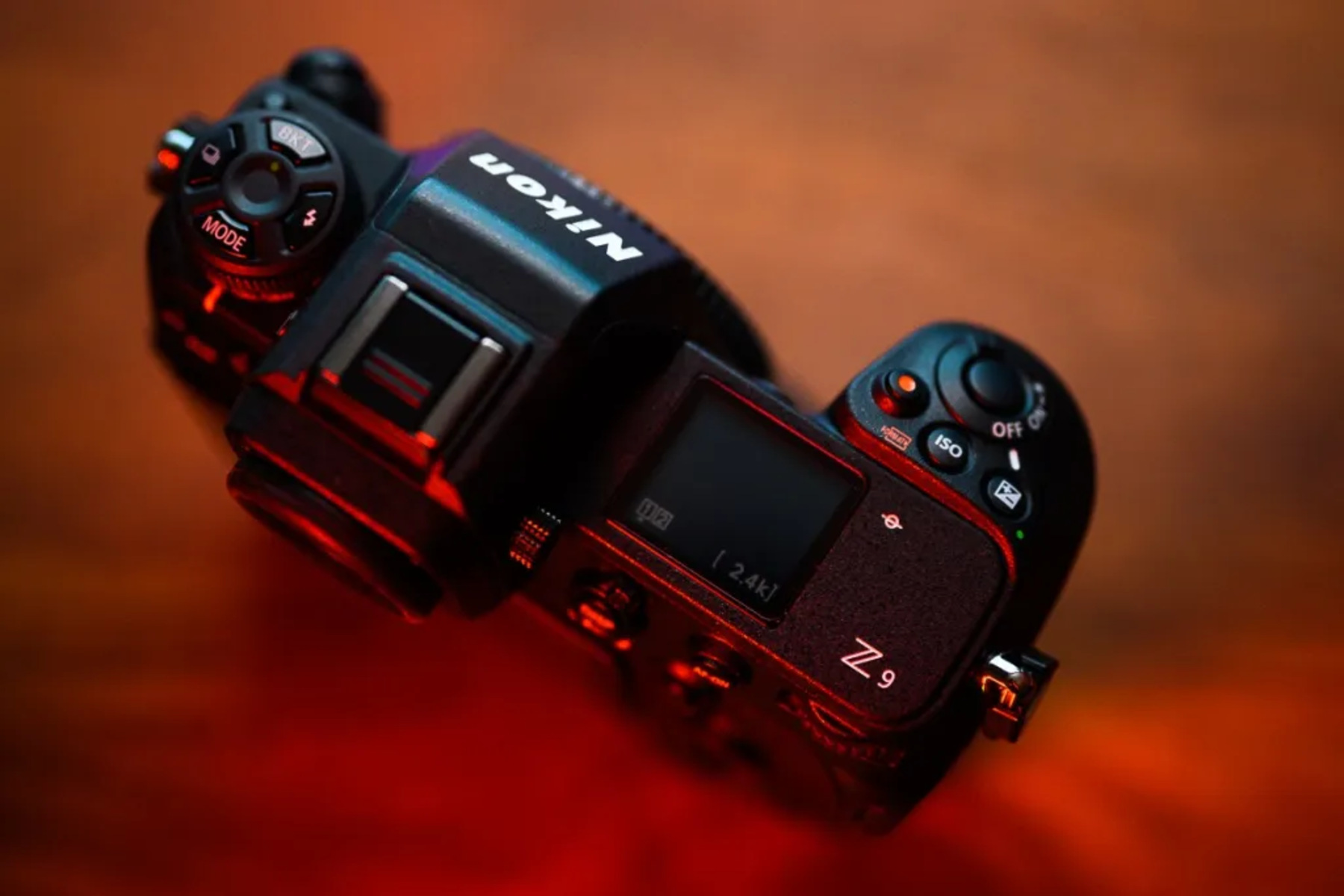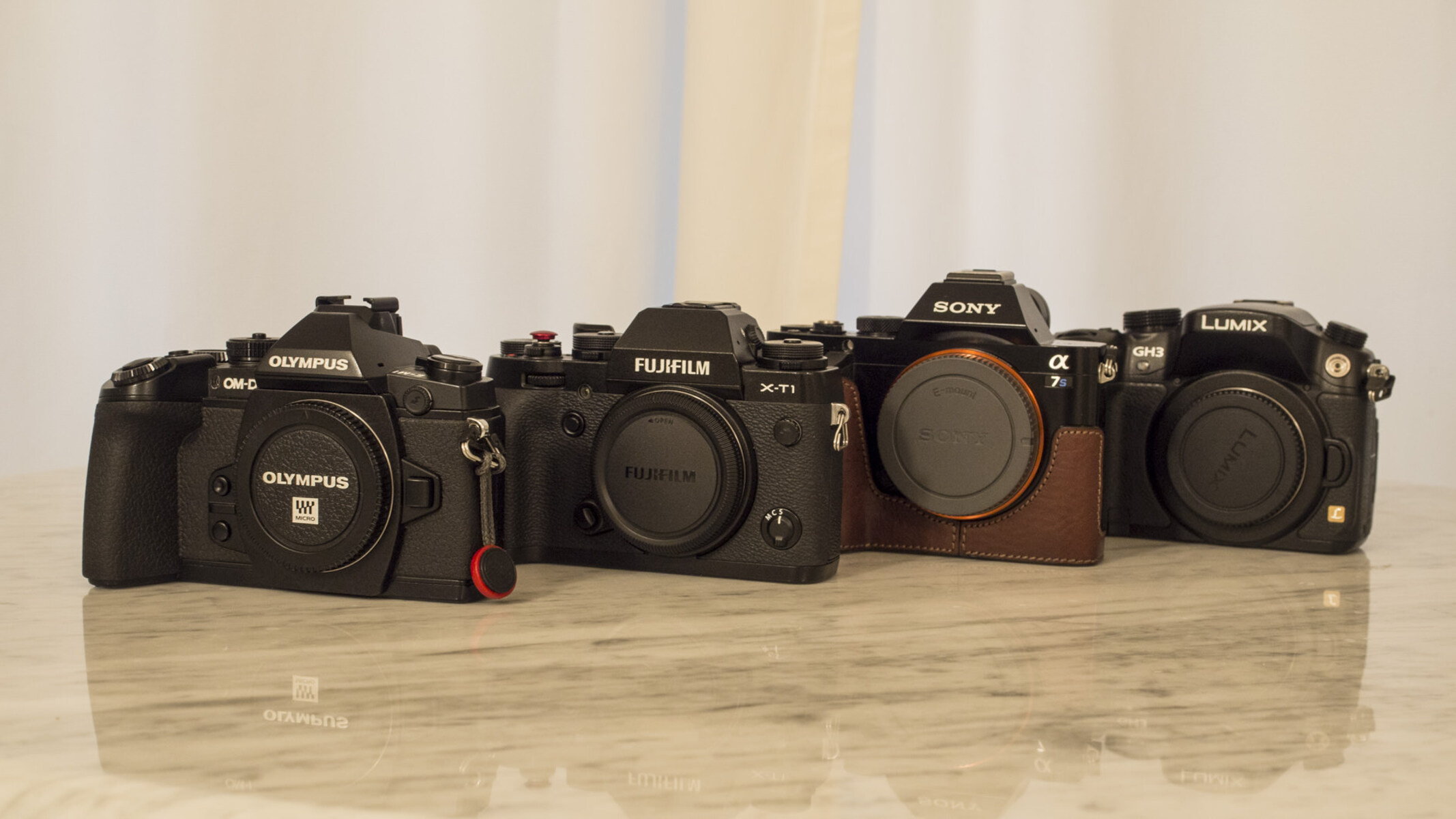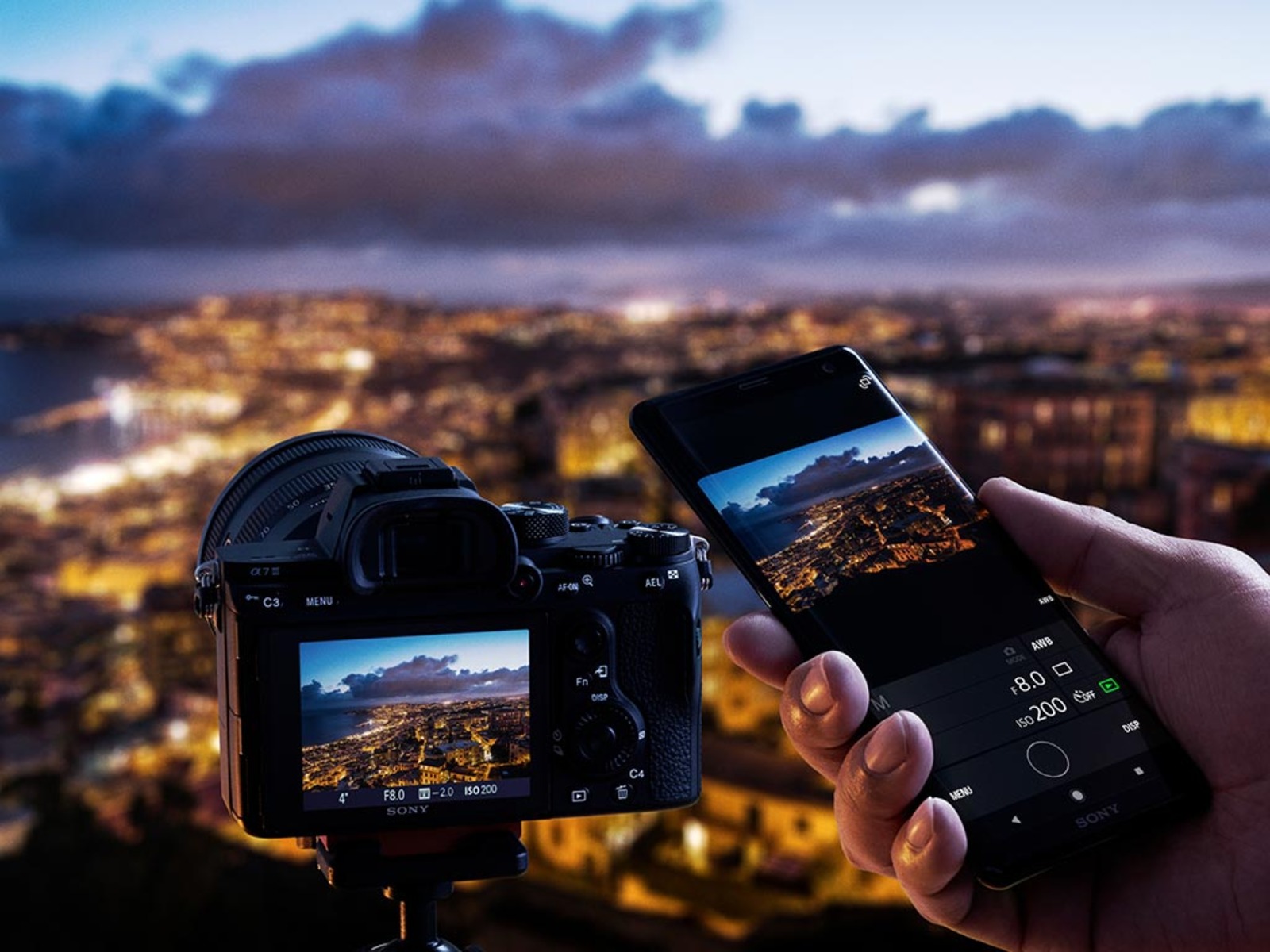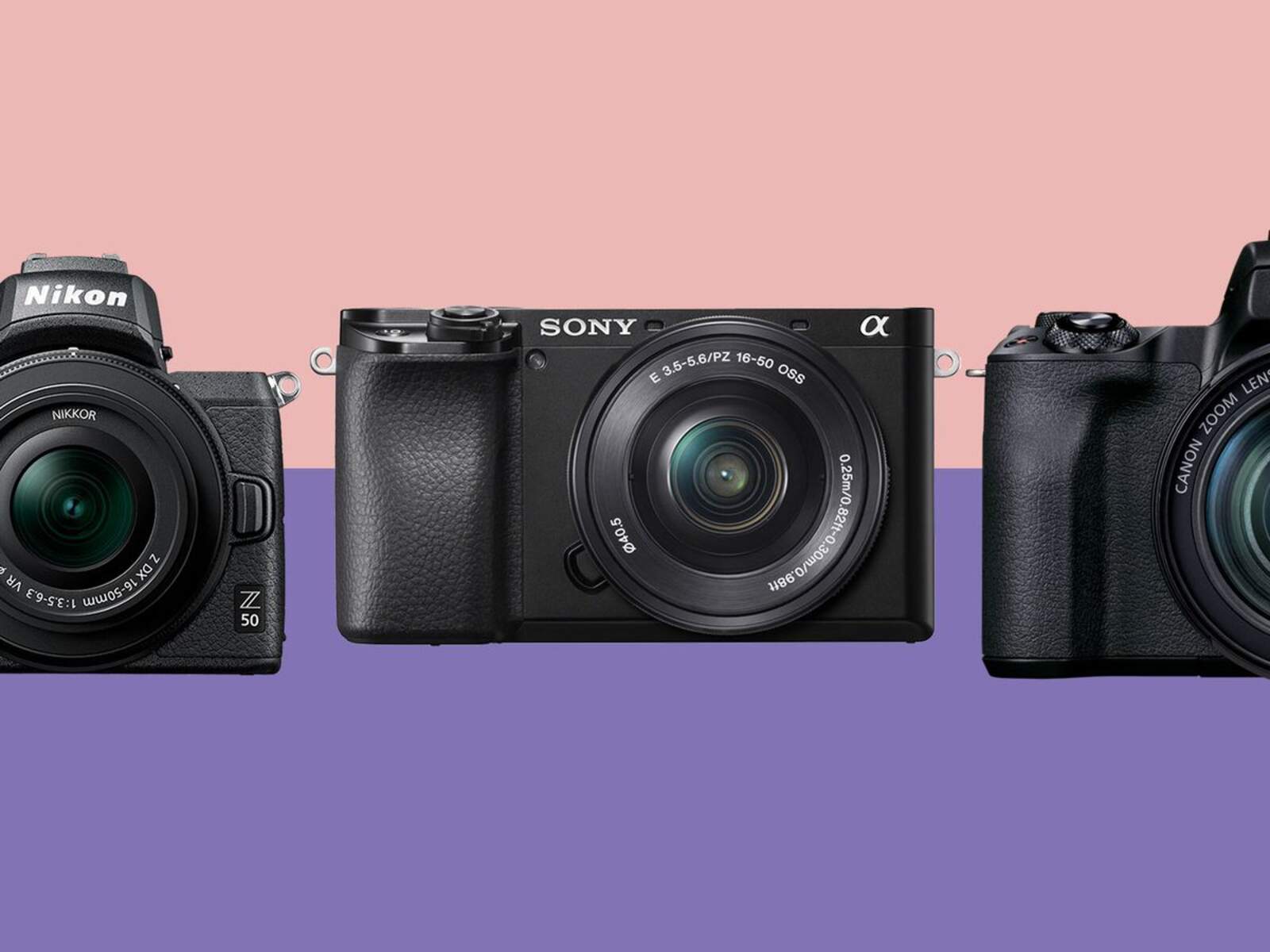Introduction
Understanding the Art of Shooting with Strobes and a Mirrorless Camera
Photography is an art form that continuously evolves with technological advancements, and the advent of mirrorless cameras has revolutionized the way photographers capture images. When combined with the creative possibilities offered by strobe lighting, the results can be truly breathtaking. In this article, we will delve into the dynamic world of shooting with strobes and mirrorless cameras, exploring the intricacies of this art form and providing valuable insights for photographers looking to master this technique.
The marriage of strobes and mirrorless cameras presents an exciting opportunity to enhance the visual impact of photography. Strobes, also known as studio or external flashes, are powerful artificial light sources that can be manipulated to create stunning lighting effects. When paired with a mirrorless camera, which boasts exceptional portability, advanced features, and outstanding image quality, photographers can unleash their creativity and capture images that truly stand out.
This article aims to demystify the process of shooting with strobes and mirrorless cameras, offering practical guidance on setting up strobes and optimizing their use with mirrorless cameras. Additionally, we will provide valuable tips and techniques for achieving striking results, empowering photographers to elevate their craft and produce captivating images that leave a lasting impression.
Whether you are a seasoned professional or an aspiring photographer, the insights shared in this article will equip you with the knowledge and inspiration to explore the limitless possibilities of combining strobes and mirrorless cameras. So, grab your camera, unleash your creativity, and embark on a journey to master the art of shooting with strobes and a mirrorless camera.
Understanding Strobes and Mirrorless Cameras
Unlocking the Potential of Strobe Lighting and Mirrorless Cameras
Before delving into the intricacies of shooting with strobes and mirrorless cameras, it is essential to grasp the fundamental characteristics and capabilities of these two key components.
Strobes:
Strobes, or external flashes, are versatile artificial light sources that play a pivotal role in shaping the lighting and mood of a photograph. Unlike the built-in flash units found in many cameras, strobes offer greater power, flexibility, and control, making them indispensable tools for photographers seeking to elevate their craft. With adjustable intensity, direction, and light modifiers such as softboxes and umbrellas, strobes empower photographers to sculpt light and create captivating visual narratives.
Furthermore, the ability to synchronize strobes with a camera”s shutter speed enables precise control over the exposure, freezing fast-moving subjects or introducing motion blur with artistic intent. This level of control is particularly valuable in portrait, fashion, and product photography, where lighting nuances can make a profound difference in the final image.
Mirrorless Cameras:
Mirrorless cameras represent a paradigm shift in photography, offering a compact yet powerful alternative to traditional DSLRs. The absence of a mirror mechanism allows for a more streamlined, lightweight design, making mirrorless cameras highly portable and versatile. Additionally, the electronic viewfinders and advanced autofocus systems of mirrorless cameras provide a real-time preview of exposure and depth of field, empowering photographers to make precise adjustments and visualize the final image before pressing the shutter.
Moreover, the absence of a mirror enables mirrorless cameras to support an extensive array of lenses, including adapted lenses from other systems, expanding the creative possibilities for photographers. The exceptional image quality and video capabilities of mirrorless cameras further underscore their appeal, making them well-suited for a wide range of photographic genres, from landscape and street photography to professional studio work.
By understanding the unique attributes of strobes and mirrorless cameras, photographers can harness the full potential of these tools to create compelling visual narratives and elevate their photography to new heights.
Setting Up Your Strobe for Mirrorless Camera
Optimizing Strobe Configuration for Seamless Integration with Mirrorless Cameras
Configuring a strobe for use with a mirrorless camera involves a series of considerations and adjustments to ensure seamless compatibility and optimal performance. By following these essential steps, photographers can harness the full potential of their strobes and mirrorless cameras to capture stunning images with precision and finesse.
1. Mounting the Strobe:
Begin by securely mounting the strobe onto a light stand or specialized mounting system, ensuring stability and precise positioning. Many strobes feature adjustable heads that can be tilted and swiveled to direct the light where it is needed, providing flexibility in shaping the illumination for the desired effect.
2. Synchronizing with the Camera:
For seamless integration, it is crucial to synchronize the strobe with the mirrorless camera”s shutter. Most modern strobes and mirrorless cameras offer wireless or wired synchronization options, allowing the two devices to communicate and coordinate the release of light with the camera”s exposure. This synchronization ensures that the strobe fires at the precise moment the image is captured, resulting in perfectly timed illumination.
3. Adjusting Power and Intensity:
Understanding the power and intensity settings of the strobe is paramount in achieving the desired lighting effect. By adjusting the power output and controlling the intensity of the light, photographers can fine-tune the illumination to suit the specific requirements of the scene. Whether it involves creating dramatic shadows, softening harsh light, or achieving even illumination, mastering the power and intensity settings is essential for realizing the envisioned aesthetic.
4. Modifying the Light:
Utilizing light modifiers such as softboxes, umbrellas, or grids can further enhance the versatility of the strobe, allowing photographers to sculpt and shape the light to suit their creative vision. These modifiers diffuse, soften, or direct the light, enabling precise control over the quality and direction of illumination. Experimenting with different modifiers can unveil a myriad of creative possibilities and elevate the visual impact of the photographs.
By meticulously setting up the strobe for seamless integration with a mirrorless camera, photographers can unleash their creativity and harness the full potential of these powerful tools to capture compelling and visually striking images.
Tips for Shooting with Strobes and Mirrorless Camera
Mastering Techniques for Captivating Images with Strobe-Lit Mirrorless Photography
Shooting with strobes and a mirrorless camera presents a myriad of creative opportunities, allowing photographers to craft visually compelling images with precision and artistry. To maximize the potential of this dynamic combination, consider the following tips and techniques for achieving stunning results:
1. Mastering Light Control:
Understanding the principles of light and its interaction with the subject is fundamental to achieving captivating photographs. Experiment with the positioning and intensity of the strobe, as well as the use of light modifiers, to sculpt and shape the light to complement the subject and convey the desired mood.
2. Embracing High-Speed Sync:
Explore the capabilities of high-speed sync (HSS) to expand creative possibilities when using strobes with a mirrorless camera. HSS enables photographers to synchronize the strobe with the camera”s higher shutter speeds, allowing for the capture of action or the use of wider apertures in bright ambient light, without sacrificing the desired strobe lighting effects.
3. Balancing Ambient and Strobe Light:
Master the art of balancing ambient light with strobe illumination to create visually dynamic compositions. By carefully adjusting the strobe output and leveraging the ambient light, photographers can achieve a harmonious blend of natural and artificial light, resulting in images with depth, dimension, and visual interest.
4. Experimenting with Multiple Strobes:
Delve into the realm of multi-strobe setups to expand creative horizons and achieve intricate lighting effects. By strategically positioning and configuring multiple strobes, photographers can sculpt the scene with precision, accentuating details, and creating captivating visual narratives that command attention.
5. Harnessing the Versatility of Mirrorless Systems:
Exploit the advanced features of mirrorless cameras, such as electronic viewfinders, real-time exposure previews, and customizable settings, to fine-tune the composition and lighting with exceptional precision. The electronic viewfinder provides a real-time representation of the exposure, allowing for immediate adjustments to achieve the desired creative vision.
6. Continuous Learning and Experimentation:
Embrace a spirit of continuous learning and experimentation to refine your skills and expand your creative repertoire. Explore new techniques, study the works of master photographers, and push the boundaries of conventional lighting to develop a distinctive style that sets your images apart.
By integrating these tips into your approach to shooting with strobes and a mirrorless camera, you can elevate your photography to new heights, capturing images that resonate with depth, emotion, and visual impact.
Conclusion
Elevating Your Photography with Strobes and Mirrorless Cameras
Embarking on the journey of shooting with strobes and a mirrorless camera opens a world of creative possibilities, empowering photographers to craft visually captivating images with precision and artistry. By understanding the unique characteristics of strobes and mirrorless cameras and mastering the techniques for seamless integration, photographers can elevate their craft and produce images that leave a lasting impression.
As you delve into the art of shooting with strobes and a mirrorless camera, remember that mastery comes with practice, experimentation, and a relentless pursuit of creative excellence. Embrace the dynamic interplay of light and shadow, harness the capabilities of your equipment, and infuse your unique artistic vision into every frame you capture.
Whether you are capturing portraits, fashion editorials, product photography, or conceptual art, the marriage of strobes and mirrorless cameras offers a canvas for boundless creativity. Embrace the nuances of light control, explore the versatility of high-speed sync, and master the art of balancing ambient and strobe light to create compositions that resonate with depth, emotion, and visual impact.
Furthermore, remember that photography is a journey of continuous learning and evolution. Stay curious, seek inspiration from diverse sources, and cultivate a discerning eye for light and composition. By immersing yourself in the art of photography and embracing the symbiotic relationship between strobes and mirrorless cameras, you can refine your skills, expand your creative repertoire, and develop a distinctive style that sets your images apart.
Ultimately, shooting with strobes and a mirrorless camera is not merely a technical endeavor; it is an artistic pursuit that invites you to express your unique perspective and narrative through the captivating medium of photography. Embrace the challenges, celebrate the triumphs, and let your passion for visual storytelling guide you as you embark on this exhilarating photographic odyssey.
So, seize your camera, illuminate your vision with strobes, and embark on a journey to create images that transcend the ordinary and resonate with the extraordinary.







